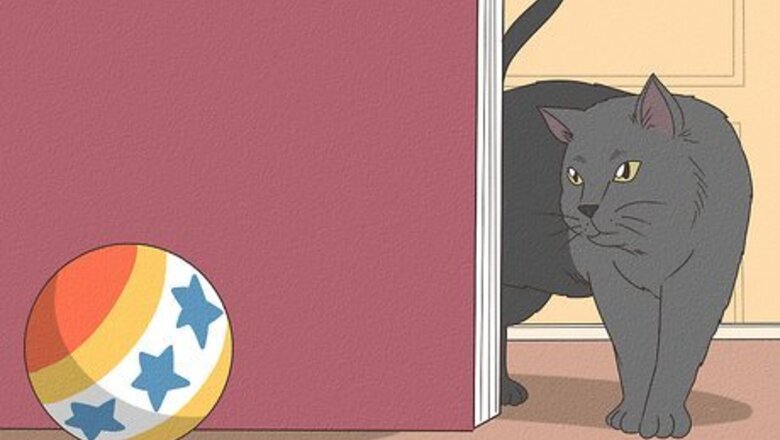
views
- Play a nature show with birds on TV. How does your cat react?
- Hide one of your cat's toys with them watching. Does your cat grab the toy from its hiding place?
- Place an unopened container of food by your cat's food bowl. Does your cat look at you and wait for you to open it, or do they just ignore it?
Testing Your Cat’s Intelligence
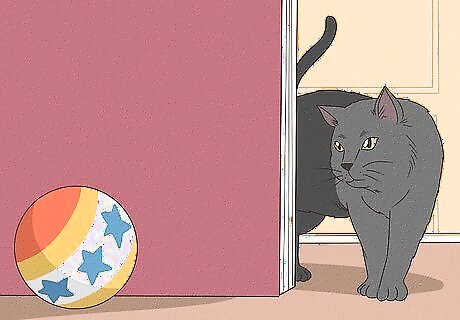
Hide your cat’s favorite toy. A cat’s intelligence is similar to that of the average two- or three- year old child. One way to test your cat’s intelligence is to hide one of her favorite toys behind a solid item such as a thick piece of paper or file folder. Let her a get a good look at the toy first, then hide it behind the item. It is best to do this activity in an uncluttered area where your cat can focus all of her attention on you. If she tries to look behind the solid item to see where the toy went, she is demonstrating an understanding that the toy is hidden and did not simply disappear. This level of intelligence is about that of an 18-month old child.
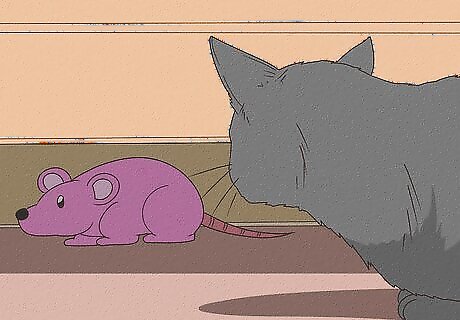
Move a mechanical mouse under a piece of furniture. If you have a mechanical mouse, turn it on and maneuver it such that it ends up going under a piece of furniture, such as a couch or refrigerator. Watch your cat as she studies the movements of the mouse. Even though she may not be able to see the mouse once it goes under the furniture, she may be able to predict accurately where it will come out. Your cat may be able to make this prediction by watching the mouse’s movements before it goes under the furniture. Her ability to predict where the mouse comes out demonstrates the intelligence of a two-year old child.
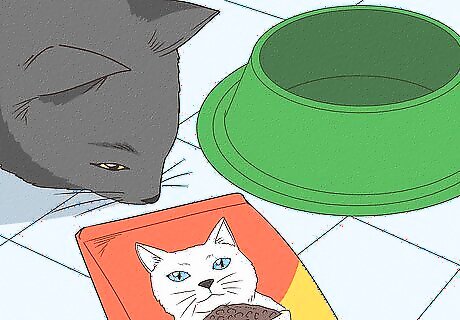
Place an unopened container of food near your cat’s food bowl. How your cat responds to this action tests her ability to reason and provides insight on her intelligence. If your cat has a high level of intelligence, she will likely look back and forth between you and the container, waiting for you to open it. If she completely ignores the container, or does a quick sniff of it then walks away, her intelligence level may be a little lower.

Watch a nature show with your cat. Choose a nature show that involves birds. Your cat is demonstrating her intelligence if she watches the show intently. Although she may not initially understand that the birds are only TV and that she can’t actually catch them, she at least understands what image is being shown on the screen.
Learning About Your Cat’s Intelligence
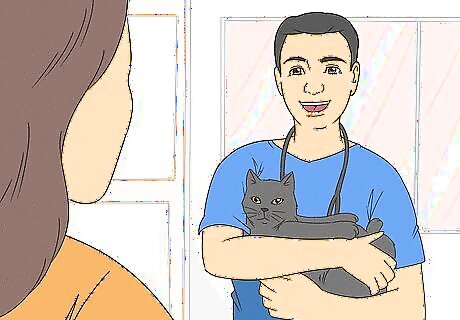
Increase your knowledge on cat intelligence. Your cat’s intelligence is largely based on how she can use her skills to play, get food, gain attention, and ensure that her needs and wants are met. Her intelligence also stems from her highly inquisitive nature. Part of your cat’s intelligence has to do with her ability to rapidly change her behavior according to her environment. For example, if you give her a toy that allows her to bring out her predator side, she is showing that she can rapidly adjust from a pampered house cat to a cat on the hunt. Another aspect of her intelligence is her ability to manipulate and handle objects in her paws. The next time your cat is playing with her toys, watch how she is able to grip and manipulate them with her paws. Cats are sometimes unfairly labeled as less intelligent than dogs, or simply unintelligent, because they do not perform like dogs on certain intelligence tests. For example, when put in a maze, a cat is likely to stop and investigate the blind alleys, rather than navigate quickly through like a dog. Rather than indicating a lack of intelligence, the investigation is a cat’s way of exploring, and getting a good feel of, its environment. The entire scope of feline intelligence is beyond what can be explained in this article. Consider talking to your veterinarian or visiting your local bookstore or library to learn about feline intelligence.
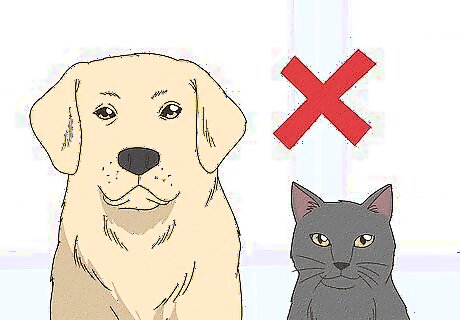
Do not compare your cat’s intelligence to that of a dog. Cat owners and dog owners have long debated which animal is more intelligent. While both sides can make valid claims, the intelligences of dogs and cats are too different to easily compare the two. Simply put, cats and dogs are intelligent in different ways. Dogs are social creatures and have become increasingly skilled at performing different social tasks in the human world (e.g., therapy dogs, seeing-eye dogs, rescue dogs), which gives them a high level of social intelligence. However, the intense domestication of dogs may have caused them to lose some survival skills along the way. Cats, who are independent and aloof, tend not to have the same level of social skills as dogs. However, their independence means they can largely survive on their own without being heavily dependent on people. This independence is an aspect of cat intelligence. Because cats and dogs have different skills sets, they use their intelligence in different ways. Neither intelligence is necessarily superior or inferior to the other.
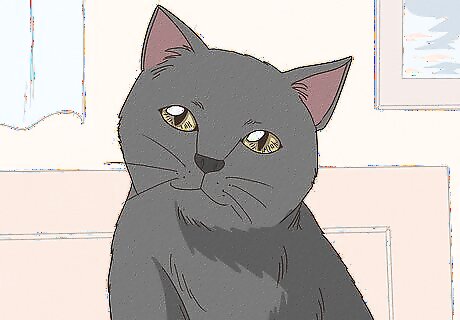
Identify the challenges of testing cat intelligence. People may assume that cats are not very intelligent because they do not demonstrate their abilities as readily as dogs. That is one main challenge of testing cat intelligence—the difficulty in convincing a cat to show what it knows and how it learns. Whereas dogs are social animals and are eager to please their owners, cats are more independent and less likely to look to their owners for approval. Your cat may wonder why she needs to show you her intelligence at all. Another challenge is that there are no scientific tests to accurately assess a cat’s intelligence. In addition, humans tend to equate high levels of animal intelligence with how similar the animal acts to humans. For example, an animal who has good eyesight is deemed more intelligent than an animal whose eyesight is not as good. Looking at a cat’s intelligence through the lens of human expectations presents a challenge to really knowing how intelligent that cat is.




















Comments
0 comment